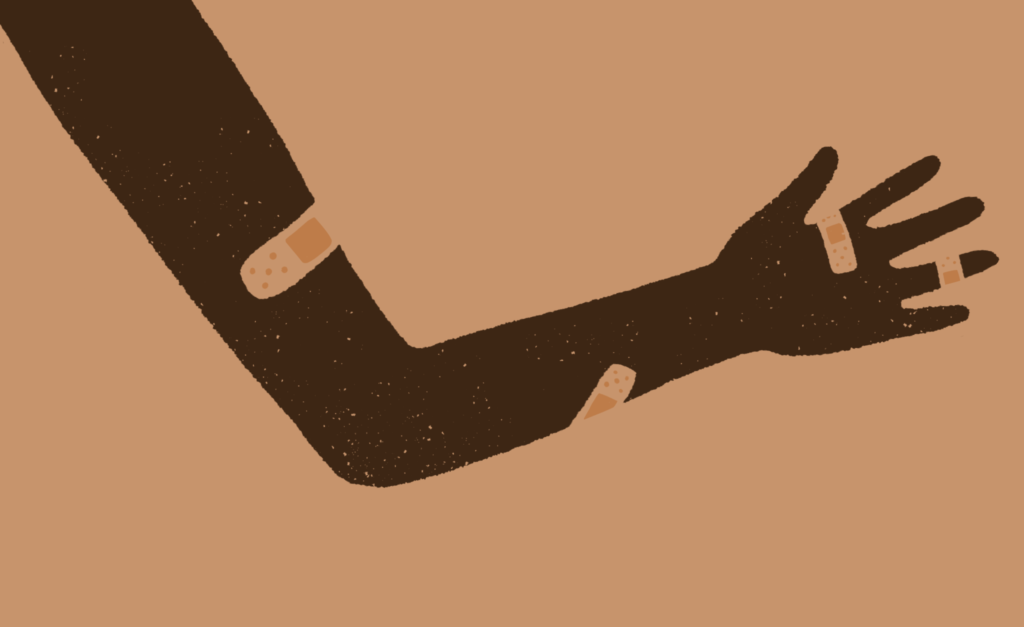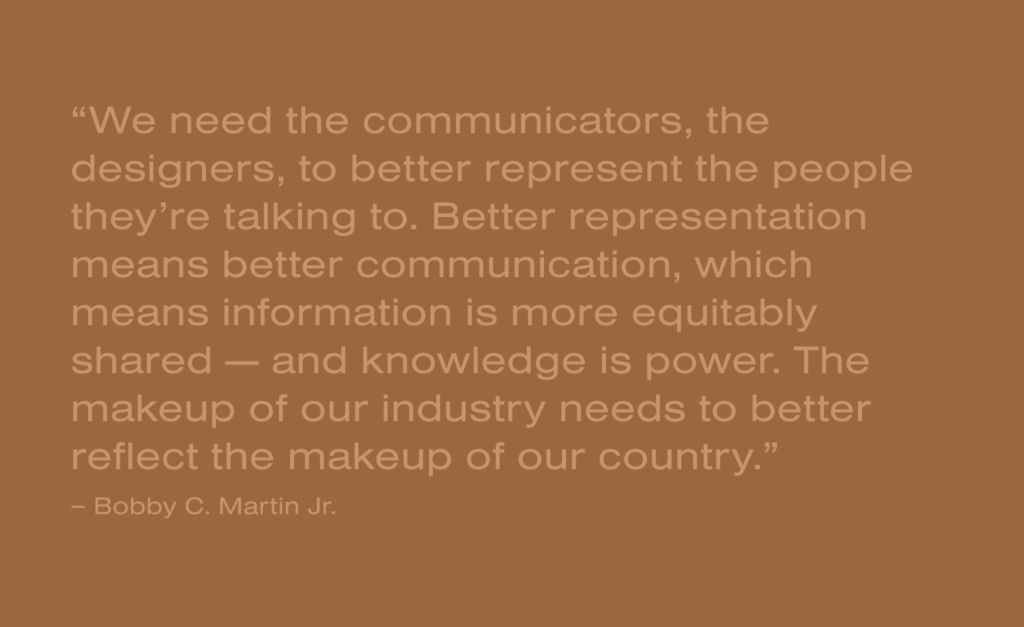Graphic design can often be seen as a reflection of the times and we live in a society where racism has been prevalent since the beginning of our history. So, is it surprising that design has been discriminatory in the past?
America has what you would call institutional racism prevalent in our society, which means racism is embedded as a normal, everyday practice. The harm of this is that designers may spread the idea of racism in their work, and not know that they did something wrong. This type of racism is at the level of established powers that hold high respect and therefore hardly receive any kind of public condemnation. This has allowed systemic racism to go unnoticed and unaddressed by many and perpetuated the communication of it through the media we consumed throughout our lives.
Some examples of how racism perpetuated through history can be seen in these instances:
- 1920s: Blackface was popularized in the US during this time. The origin of it came from business and entertainment purposes for white people and could be seen across multiple ads and media.
- 1920s: The emergence of the photography industry had a bias towards lighter skin. The industry leaders created a standard that would under expose darker skin so that they appeared almost invisible.
- 1920s: Band aid and crayon using colors bias to white people. Band aid only having light colors and crayon including only one “flesh” tone crayon.
- 2017: Dove, the skincare company, created an ad where they showed a black woman “taking off her skin color” by changing shirts and transforming into a white woman with the message of getting clean through Dove products.
- 2015: Fashion “nude” color trend was mostly for white people. The trend didn’t support other skin types.
- 2020: Stock photography sites are perpetuating racism. For example, if you search phrases such as “wealthy women”, you will see a feed of only white women. Because stock photo sites create assets to fill the demand of a specific visual it is usually a good representation of the type of images that people choose to see.

Even though these design choices have happened in the past, racism still trickles its’ way into our current lives because of it being so ingrained in our culture.
An example of this would be when Apple first introduced their Emoji keyboard system: the visuals of the people were only showing white representation. That was less than a decade ago that a huge company would perpetuate exclusion at a mass global scale. We’re not too far away from that time period and we still have a lot of ways to go to move away from it.

So what can we do to help eradicate racism in design and not let it foster in the future? Society as a system is designed and ruled by those who are in positions of power. For starters, we can redesign this system by following and amplifying black innovators, promoting equity across gender/ industry, create a higher demand for equal representation in media and hiring more designers that are POC.
Graphic design is a powerful tool for communication. It shouldn’t be taken for granted the influence that designers have on creating the world around them. That is why it’s so important that we’re all more sensitive to the voices that may not be heard and also have better representation in the design world.


